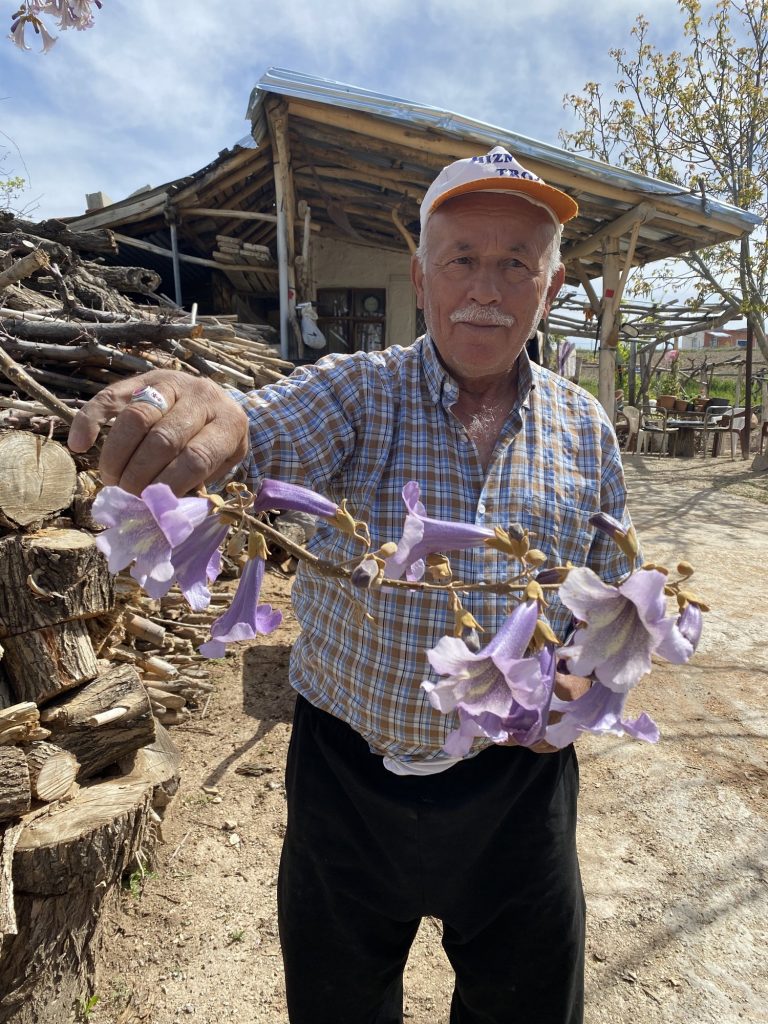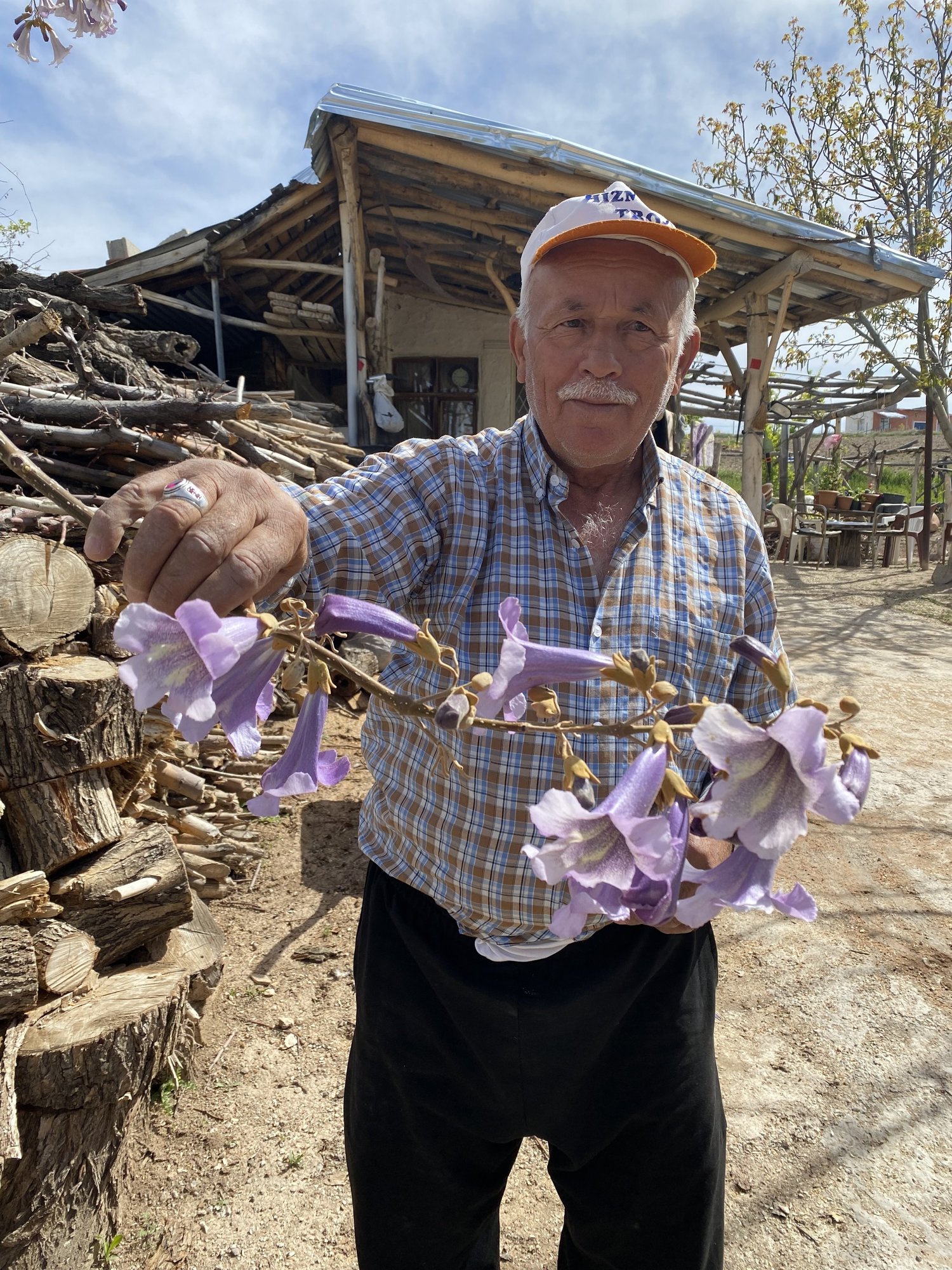
[ad_1]

Day 1
Tarsus (Acts 9:11; 9:30; 11:25; 21:39; 22:3)
We drove from Mersin to begin our tour at Paul’s starting point, his birth city of Tarsus. During Paul’s time, Tarsus was an influential Greek-speaking port city on a major east-west trade route.
“It was a city of culture and politics, of philosophy and industry,” wrote prominent Christian theologian N.T. Wright in his book “Paul: A Biography.” Wright noted that one of those industries was a textile business that produced material made from goat’s hair and used in shelters. According to Wright, “This may well have been the basis of the family business, tent-making, in which Saul had been apprenticed and which he continued to practice.”
Arslan, who is an archeologist and an historian, told us that in addition to hosting a thriving Jewish community, Tarsus was “a melting pot of cultures and beliefs.” She suggested that Paul’s early exposure to this diversity may have enabled his later success in preaching across a wide section of the ancient world.
According to the Book of Acts, after Paul’s famous conversion on the road to Damascus, he generated controversy in Jerusalem, so early church leaders sent him back to Tarsus. He stayed there for several years before setting off on his missionary journeys.
There is not a lot from Paul’s time still evident in the bustling modern city of Tarsus. And it’s difficult to excavate under ongoing businesses and homes. At the western entrance of the city, the so-called Cleopatra’s Gate has been preserved and reconstructed. Marc Antony and Cleopatra were said to have met here in 41 B.C. after the Egyptian queen sailed up the river in a barge.
Our first stop was the St. Paul Memorial Museum, a small 19th century church dedicated to Paul. The simple stone interior showcases lovely frescoes on the ceiling. The church may have been built on the site of earlier churches, but Arlsan said as of now, there is little archeological evidence to support this. Services are no longer held regularly here, although some occur on special occasions. A shady garden in the courtyard provides a quiet spot for rest and reflection.
We then drove a short distance to St. Paul’s Well, a still-working water well built a couple of hundred years ago over the site of a first century well. Next to the well are the plexiglass-covered ruins of a first century building that some claim was Paul’s family home and courtyard. Again, Arlsan acknowledged, there is no historical evidence to confirm this.
At first, the well struck me with a “George Washington slept here” skepticism. Yet, for many Christians, this has become an important pilgrimage spot. And indeed, while we were there, some Christian tourists came and reverently drank water from the well, clearly moved by their visit.
From here, we walked a few blocks to an archeological site with ruins of a marketplace and colonnaded Roman street. Although Arslan told us this road was likely built on top of the thoroughfare that Paul and his companions would have used, we still got a good sense of what the area would have looked like in the first century.
With the Muslim call to prayer echoing in the background, we walked to a restaurant across the street and enjoyed Iksender lamb kebabs with yogurt sauce for lunch. Some of my colleagues tried the fermented black carrot juice, a local favorite, but I decided to stick with Turkish tea.
After lunch, we piled back into our minibus and drove more than four hours across the Cilician plain and through the still snow-covered Taurus mountains. The rugged terrain was a vivid demonstration of how difficult first century travel would have been by foot. We arrived at our hotel in Konya well after dark.
[ad_2]
Source link